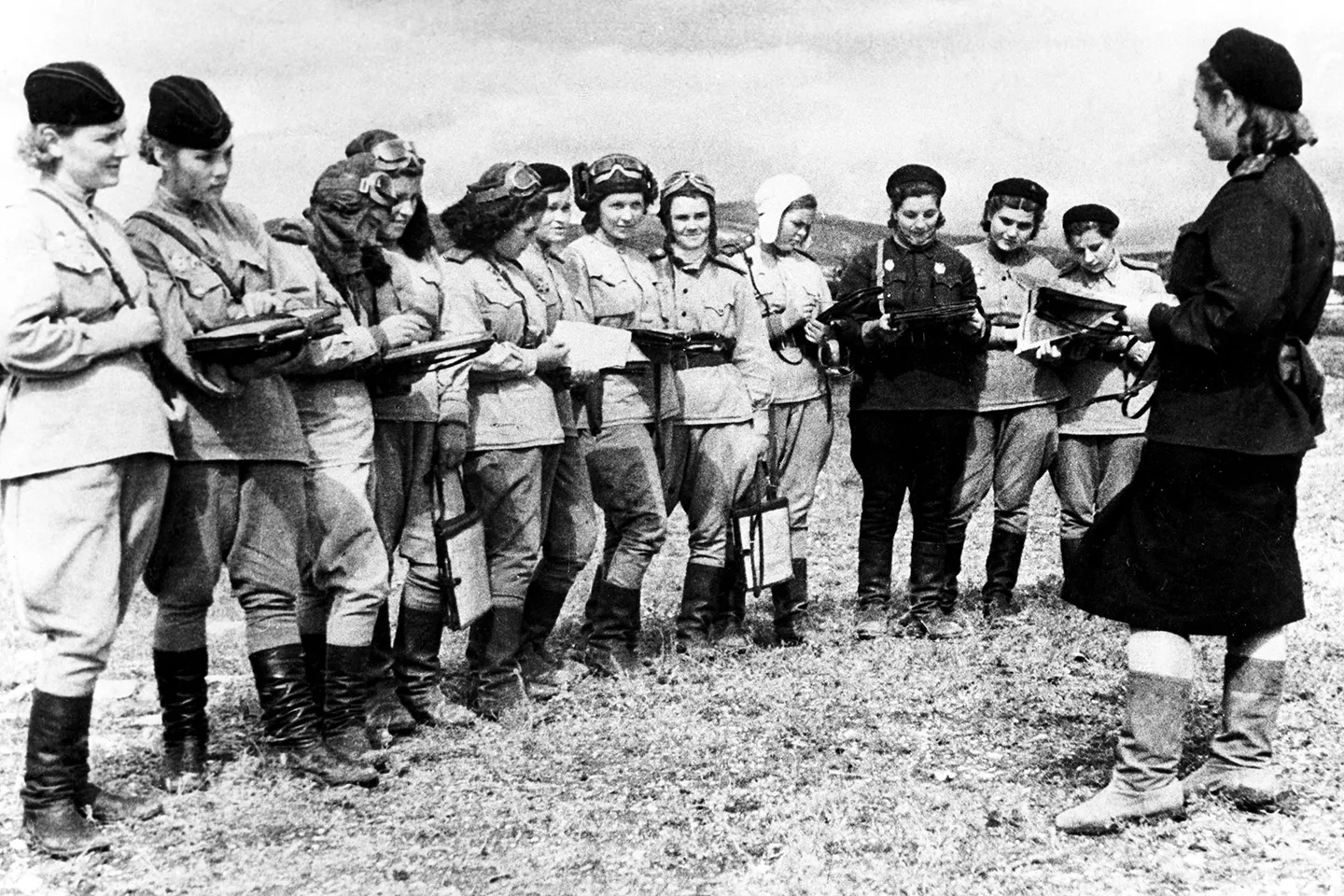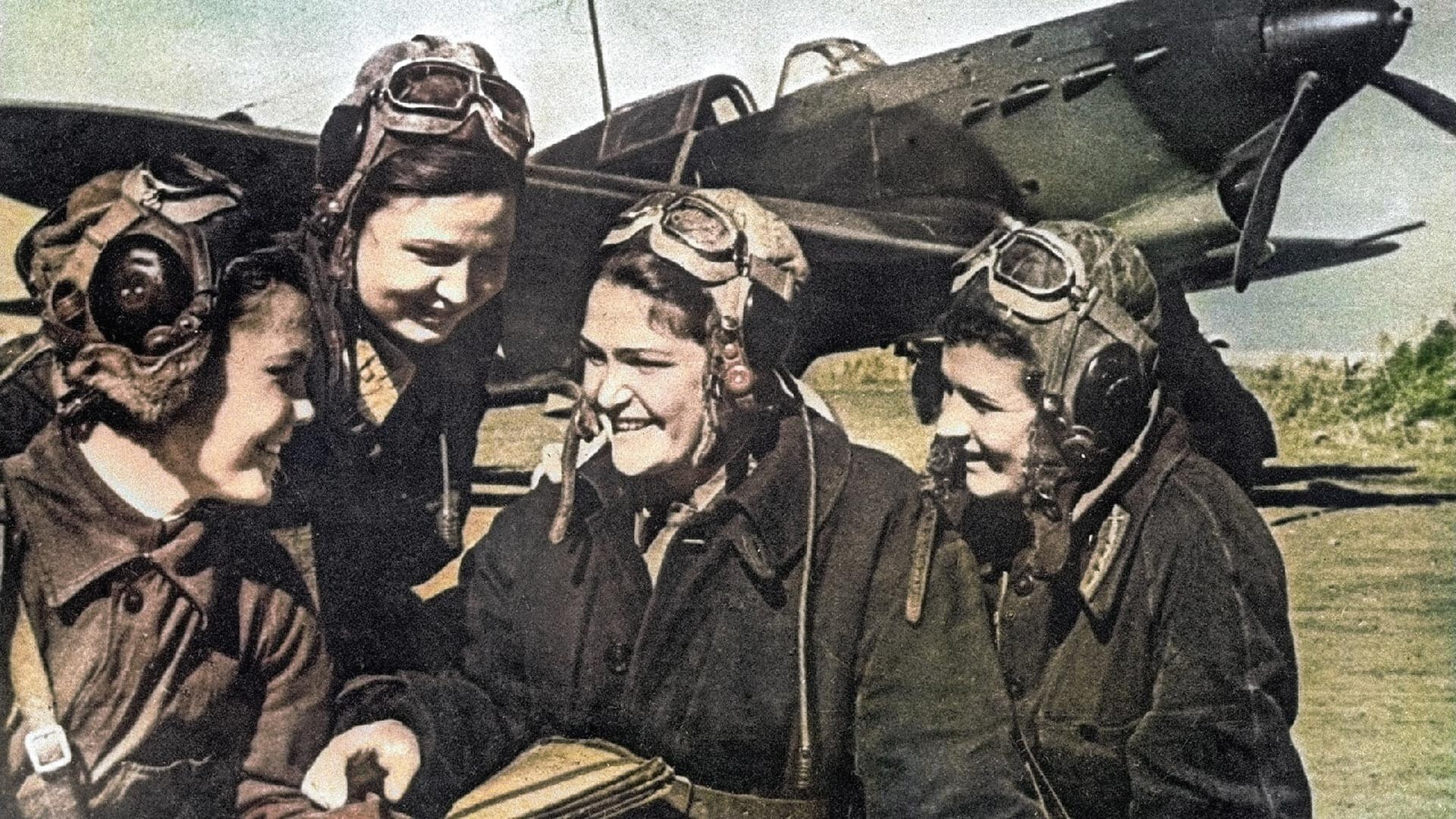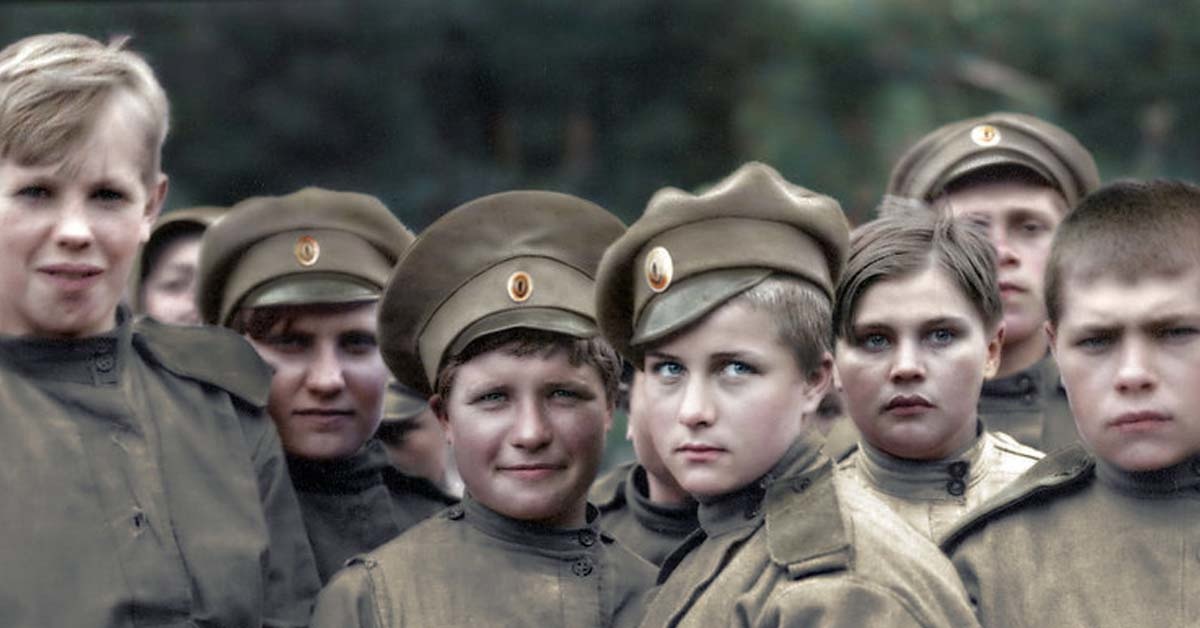By Maria Koulourioti,
“War is not part of women’s history” mentions Virginia Woolf in her novel-essay Three Guineas insinuating that women had been anonymous for most of history. It was not passiveness that made women a minority in history books, rather than the under-representation that led to their absence. One primary example of the particular marginalization includes the vital role of women in Russia.
Before 1914, it was customarily unspeakable for a woman to take a man’s job. Everything altered with the burst of WWI, which precipitated thousands of Russian women to carry out responsibilities that transcended previous occurrences. The massive absence of men in the workforce increased the number of women in the labor field when numerous served in wartime nursing and took up auxiliary roles, such as supplying soldiers with warm clothing and aid packages. Middle to upper-class women mainly served in communication or the intelligentsia. The mobilization of Russian women during the Great War displays the limitations of the notions of war as a part of the male experience.
Despite the numerous challenges against traditional gender roles, not all Russian women were satisfied with the “long-established” roles and desired to fight the front line. Although the phenomenon of a woman soldier was not new, the number exceeded every previous event, while they were part of an unprecedented experience: the organization of all-female units. From disguising themselves as men to acquiring permission from officials, the tsarist government finally gave in due to personnel shortage and coordinated 15 all-women battalions to replace the missing manpower with womanpower. They included communications, naval units, and the aptly titled “Battalion of Death”. Out of the 5,000 women that served in these units, only 300 joined the Battalion of Death and marched to the front in 1914. Led by the commoner fighter to military leader Maria Bochkareva, the women never hesitated to storm the enemy trenches, even when the men at their side did. Bochkareva, although twice wounded, was awarded three medals for her bravery.

Despite the remarkable debut and distinguished spirit in battle, the women’s military movement was abortive in integrating them into Soviet or post-Soviet armed forces permanently. However, they were the precursors of an even greater phenomenon, based on the bottom parts of history’s iceberg, the Night witches.
“We can best help you prevent a war not by repeating your words, and following your words, and following your methods but by finding new words and creating new methods”, Woolf mentions once again in 1938, in Three Guineas. Ahead of her time, speaking on behalf of women’s attribution to the war, women cannot always prevail over men on the battlefield, but they can contribute with a more radical approach. The particular case applies to the Nachtexen or Night Witches. They were fearless, a crucial asset for the Soviets. Enduring bullets and frostbite in the night air, while dealing with belittlement and sexual harassment on the ground by their comrades. They were so feared and loathed by the Nazis, that any German soldier who downed one of them was granted the most prestigious Iron Cross Medal. The Night Witches, a group of all-female aviators of the 588th Night Bomber Regiment.
“Night Witches” was a mockery nickname for all Soviet female pilots of WWII, but justly applied only to the women of the 588th regiment. The Germans reportedly came up with the alias, since the planes were small and unrecognizable by their radars, and they could only identify them from the sound, that reminded them of a sweeping broom. When mainly operated by men, how would German troops discover that women bombed them? The term most probably originated from the 1981 book Night Witches by Bruce Myles. In the Great Patriotic War, 1,000 women served as pilots, navigators, and ground crew, a small but consistent part of the 800,000 women in the Red Army. The regiment was commanded by Marina Raskova, known as the “Soviet Amelia Earhart”. She petitioned dictator Joseph Stalin to let her create an all-female fighting unit. Although there was no shortage of male pilots, on October 8th of the same year, training began for three all-women combat units: the 586th Fighter Regiment, the 587th Dive Bomber Regiment, and the 588th Night Bomber Regiment.
Not only were flying missions and dropping bombs with plywood biplanes that were outdated and hard to use but also engaged in a fire with the opposite party, making the Soviet Union the first nation that officially introduced women to combat. (Russian women first held missions in World War I — two as regular pilots and another whose male disguise was discovered when she was wounded — making them the first women pilots in combat). Raskova’s teams quickly filled with more than 2,000 applications, 400 of which were selected for each unit. Most of her volunteers were students, starting at 17 and no older than 26. They flew missions 30 to 50 minutes, at least 14 missions per night, despite having compressed pilot training, learning in a few months what soldiers mastered in years of training.

By the end of World War II, the Night Witches flew more than 30,000 missions, suffering casualties on the battleground and unsuccessful operations, despite their impeccable stealth. Raskova, the woman who started it all, did not return from the battle either. All women who returned received medals for their serving, but regardless of their achievements, no woman reached a higher status, considering most were discharged from the Red Army after the war, including the aviators. Nowadays, some books and memoirs carry the legacy of the “Night Witches”, even though they remain with the other female pilots predominantly disregarded by the Soviet Union and are little-known in modern Russia.
“Be proud to be a soldier, be proud to be a woman” was one of their 12 commandments.
References
- The 586th Fighter Aviation Regiment, wrightmuseum.org, Available here
- The Russians had Women’s ‘Battalions of Death’ in World War I, wearethemighty.com, Available here
- Meet the Night Witches, the Daring Female Pilots Who Bombed Nazis By Night, history.com, Available here
- AIR FORCE Magazine, 2014
- How Did WWI Change Women’s Lives?, historyextra.com, Available here




